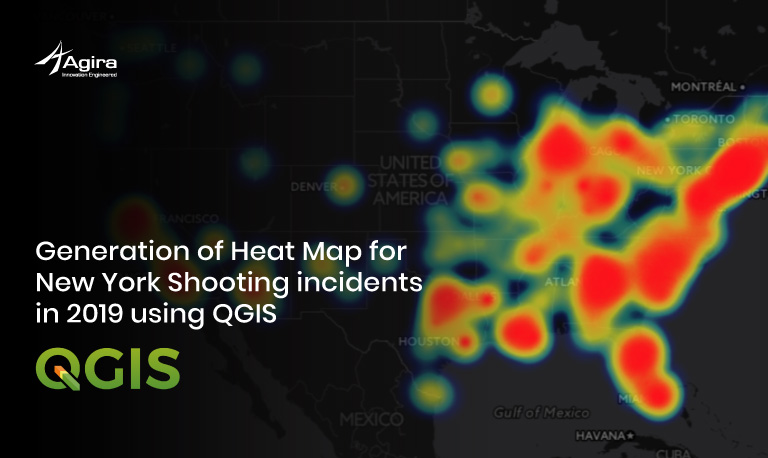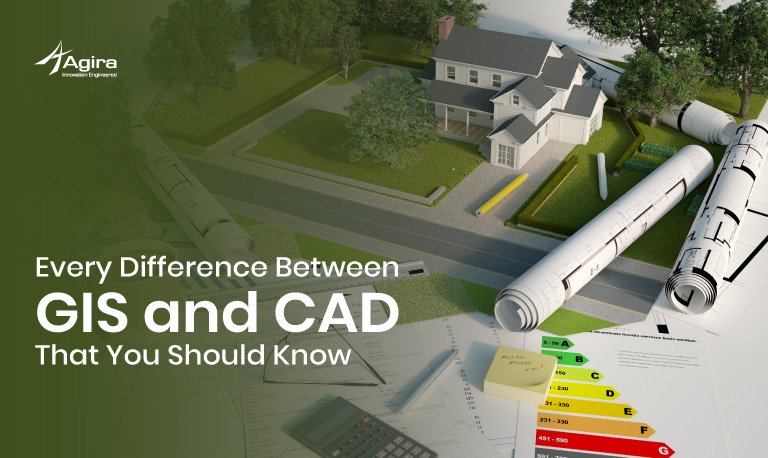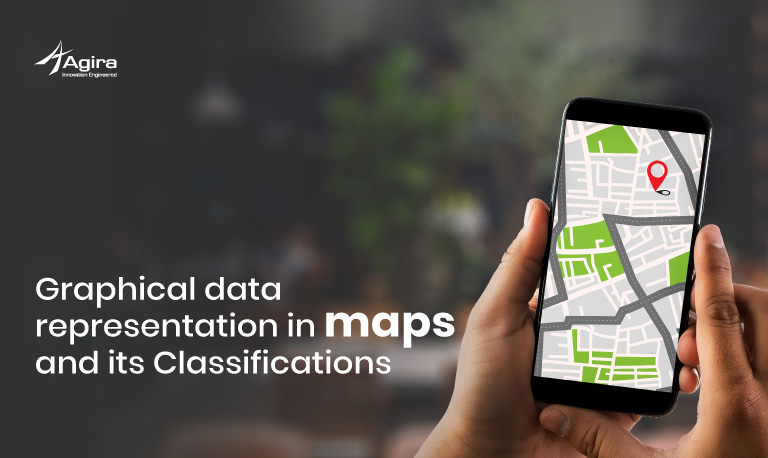Table of Contents
Digitization is a crucial technique for data and storage in GIS Development. It is used to capture the coordinates in point, line, or polygon format. The process of Digitization is expensive and time-consuming.
Digitization is converting hardcopy / scanned copy or satellite/Aerial base maps into vector data. Features are extracted from the existing maps or satellite images.
The Role of Digitizer
The digitizer plays a major role in managing the accuracy of the digitized features or maps. A well-experienced digitizer should know to interpret maps and digitized the features accurately and lesser time consumption. Most importantly, the quality of the digitization is the much-expected quality for a Digitizer role.
Types of Digitization
Today, there are various ways to do Digitization. Let’s take a look at the common types.
1. Manual Digitizing
Manual Digitizing is done by digitizing tablet. The digitizer manually traces all the lines from the hardcopy map (eg.Toposheet), and parallelly. The digital maps are created on the computer. It is only less time consuming but also has high accuracy when comparing with other digitizing methods.
2. Heads-up Digitizing
Heads-up Digitizing is similar to manual digitizing. In the manual digitizing process, it digitizes in hardcopy, but in this method, it scans the map directly and displays it on the desktop screen.
3. Interactive Tracing Method
The interactive tracing method is an advanced technique that has evolved from Heads-up digitizing. It is quite excellent in terms of accuracy and speed.
4. Automatic Digitizing
Automatic Digitizing is the process of converting raster to vector in an automated method using pattern recognition and image processing techniques. In this technique, the computer traces all the features on the map; it gives high accuracy with low time consumption. It allows customization and improved quality of images. This process is also known as Vectorisation.
Accuracy in the Digitization Process
In the digitization World, an important role is the accuracy of the digitized features. A good GIS database is entirely dependent on the Spatial accuracy of the features. But accuracy of the digitized map ultimately depends on errors which occur in the digitization process.
Types of Errors in Digitization
Errors on digitized maps are classified into the geodetic, machine, cartographic, manuscript, positional and attribute errors.
1. Geodetic Errors
Geodetic errors are due to the odd choice of a projection system. Generally, earth features are in 3 Dimensions. But the features on the map are in 2 Dimensions. So the projection system leads to inaccuracy. Improper projection leads to inaccurate placement of elements on the map. Therefore making the map and the digitized features do not overlap each other appropriately.
2. Machine Error
Machine error occurs due to the digitizing tablet or the software used to digitizing the elements. It is an inherent error that cannot be removed but can only be minimized. Sometimes it may occur when converting the maps from analog to the digital formats.
3. Cartographic Errors
Cartographic errors arise due to existing mistakes that are present in the source map itself, and it can be transferred into the digital map.
Incorrect interpretations or drafting of the elements in the maps are also one of the reasons for these errors.
4. Manuscript Errors
Manuscript errors occur based on the quality of the source maps. Hard copy maps shrink with time. Any stretching, warping, wrinkling, or traces of folding of the original map might affect the digitization process. It may lead to irregular shape, area & coordinates of the digitized features. It can’t be completely rectified.
5. Positional Errors
Positional Error happens when an element is not captured correctly or carelessness of the digitizer, and it can be completely rectified.
Positional Error is categorized as Dangling Nodes, Switchbacks, knots, and loops, Overshoots, and Undershoots, Silvers, and Overlaps.
Dangling Nodes
Dangling nodes occur in polygon & polyline. In digitized polyline, which hasn’t met, or there is any gap between the nodes. In a digitized polygon, it happens when a polygon doesn’t connect back to it.
Switchbacks, Knots & Loops
These errors occur due to unpracticed digitizer. With the wrong movement of the cursor/ puck, the line being digitized ends up with extra vertices/nodes. In the case of additional vertices, switchbacks are formed in line with a bend. With knots and loops, the line folds onto itself, creating a polygon. Also known as a weird polygon. It also occurs in both polygon & polyline.
Overshoots and Undershoots
When a digitized line does not connect properly, overshoots and undershoots errors occur. During Digitization, a snap tolerance or snap distance (snap tolerance or the snap distance is the measurement of the diameter from the point of the cursor) is set by any digitizer.
The main reason for undershoots and overshoots error occurs is due to the snap distance being set too low, or the digitizer does not set the snap tolerance. It occurred both in lines & polygons.
Silvers
Silvers errors occur due to improper snap tolerance values. Because of this, gaps formed between two adjoining polygons. Setting the snap tolerance value properly it can be avoided entirely. It occurs only in polygons.
Overlap
Overlap errors are formed between two adjoining polygons, which overlap each other. It is due to the improper snap tolerance value, and it can be avoided by setting the proper tolerance value. It occurs only in polygons.
6. Attribute Errors
These errors occur while entering the attribute information about the feature. Attributes of the features are updated after digitizing the elements. These errors may lead to change characteristics of the features or digitized data.
Conclusion
On-screen Digitization is more accurate as compared to manual Digitization. The resolution of the image is higher in on-screen Digitization, so digitizer can zoom the image to the scale of the original raster data and digitize the feature with a higher level of accuracy. On-screen Digitization is predominantly used in GIS industries.











